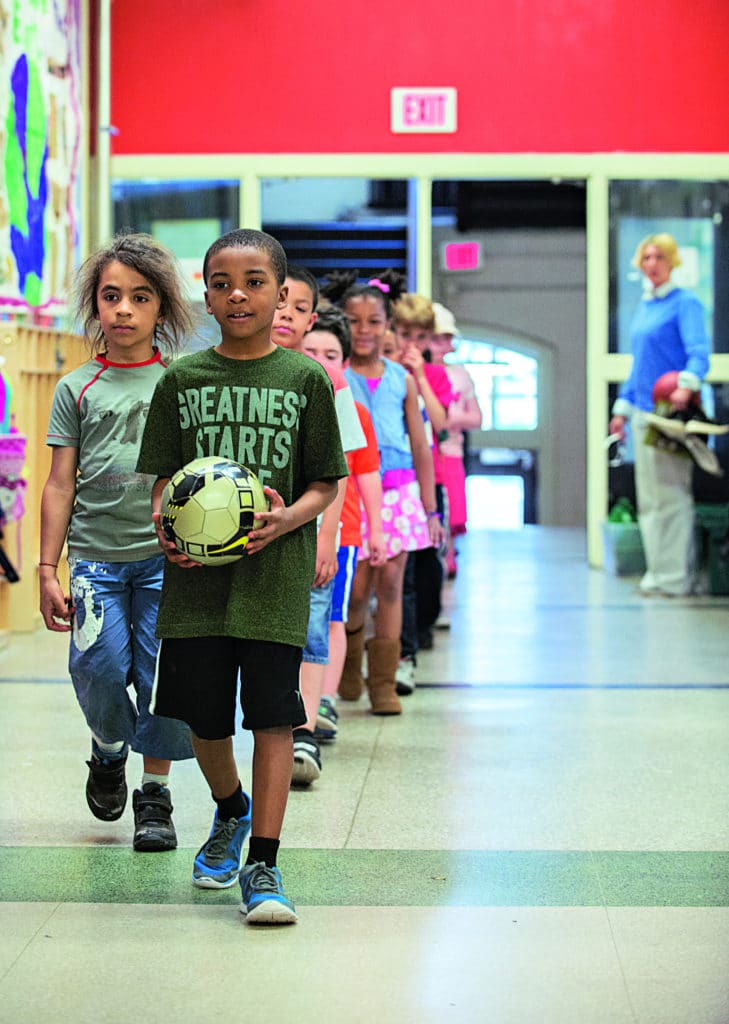
It’s the start of a new year! Day one is either right around the corner or has just recently taken place. The beginning of the year is filled with so many fresh faces watching your every move and listening eagerly for the next direction. With all this newness, it can be easy for students to get overwhelmed and confused. There are new materials to be used, new seating arrangements to explore, new friends to meet, and quite possibly a new teacher who has different expectations from last year along with new routines and procedures that need to be learned. The beginning of the year is the perfect time to teach your students the routines and procedures of your classroom in order to help them become independent learners in your space.
Start your conversations with envisioning language as a means of setting a positive tone for learning. Help students frame a vision for the year ahead by telling them your hopes and dreams for the class as a whole. Share your goal of having a class where students follow routines and procedures — including morning arrival, afternoon dismissal, correct use and care of materials, and transitions — so students can be as independent as possible.
Interactive Modeling is a strategy to teach students the proper way to complete routines and procedures in order to help them successfully and independently navigate various responsibilities. Interactive Modeling works by explaining what you will model for students, modeling it for them while they observe, then giving them multiple chances to practice while you provide feedback and answer any questions. There is significant power in using Interactive Modeling. No routine is too big or too small – if it is important to you, it should be important to them.
Examples of Routines and Procedures to Teach:
As students learn the many routines and procedures of the classroom, remember to reinforce their efforts often and remind them as needed. Students need to know their teachers see their efforts and successes. As teachers, spending time carefully watching our students allows us to reinforce when routines and procedures are learned, followed, and mastered.
We also need to use proactive reminders before students begin a specific routine or procedure to set them up for success. Keeping our language brief and clear minimizes the delay, while maximizing results! Reminders should also be used if we see our students faltering during a transition to help them get back on track.
Taking the time to help students envision what being independent will look like, modeling it, and using our language to coach students will ensure increased success in completing routines and procedures. It is important to continue supporting students’ growth as independent learners throughout the year by providing opportunities to expand their skill set through scaffolding. By encouraging students through our words and offering them experiences to build on what they are already able to do, we build the academic and social-emotional competencies that students need to be successful in school and beyond!